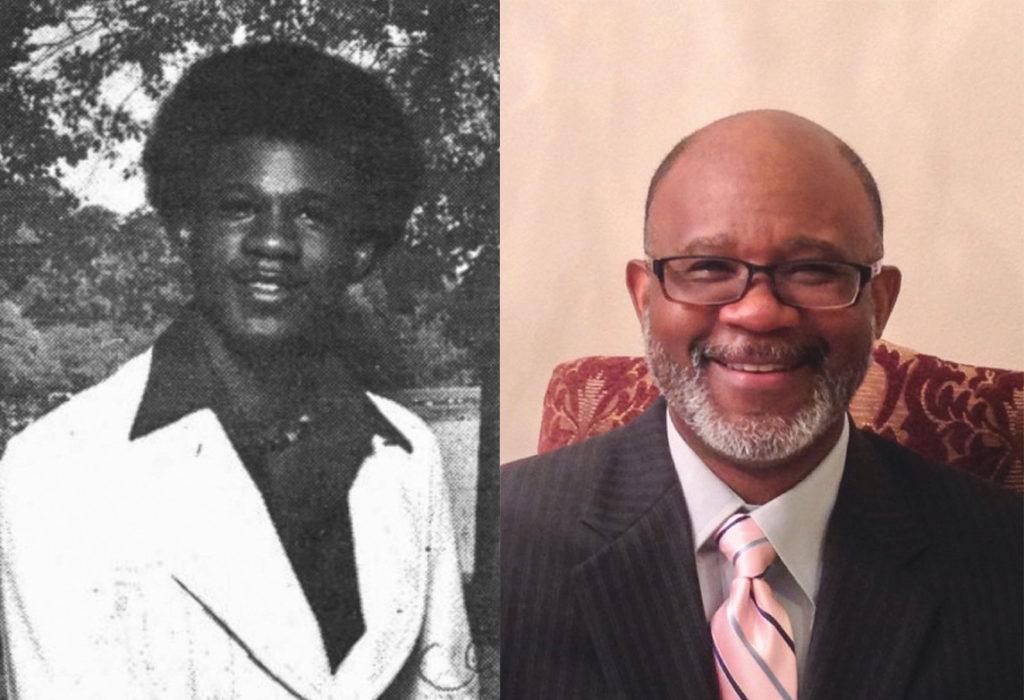
When Julius Harper speaks, people listen.
When he preaches at Santa Clara Christian Fellowship, his congregants listen. When he was an account executive at A&E Television and The Weather Channel, his coworkers listened.
And when he wrote a Letter to the Editor published in The Heights in 1977 about the integration of Fenwick dorm, students listened.
Harper, BC ’80, arrived at Boston College in the summer of 1976, ready to begin the six-week Black Talent Program (BTP) designed to attract students who wouldn’t fit into the typical academic profile of a BC student on paper but showed potential and a commitment to learning.
The BTP was BC’s first step toward affirmative action. The program was instituted in the spring of 1968 after $100,000 was given from the Michael P. Walsh fund. It was originally called the Negro Talent Search. Run under the guidance of Charles Donovan, senior vice president and dean of faculties at the time, the program was intended to recruit high-risk students from the greater Boston area who were economically disadvantaged.
The BTP had a rocky start. In 1970, the Black Student Forum held a protest for more than 500 students—they accused the BTP of being “tokenism.” Later that year, white students complained that too much of the University’s resources were being allocated to the program—at the time the budget for the BTP was $500,000. The next year, the director of the BTP, Phillips, was dismissed after he suggested that the Black Student Forum should take over his administration. In 1974, the BTP said that the University was not adjusting the program’s funding to match tuition costs.